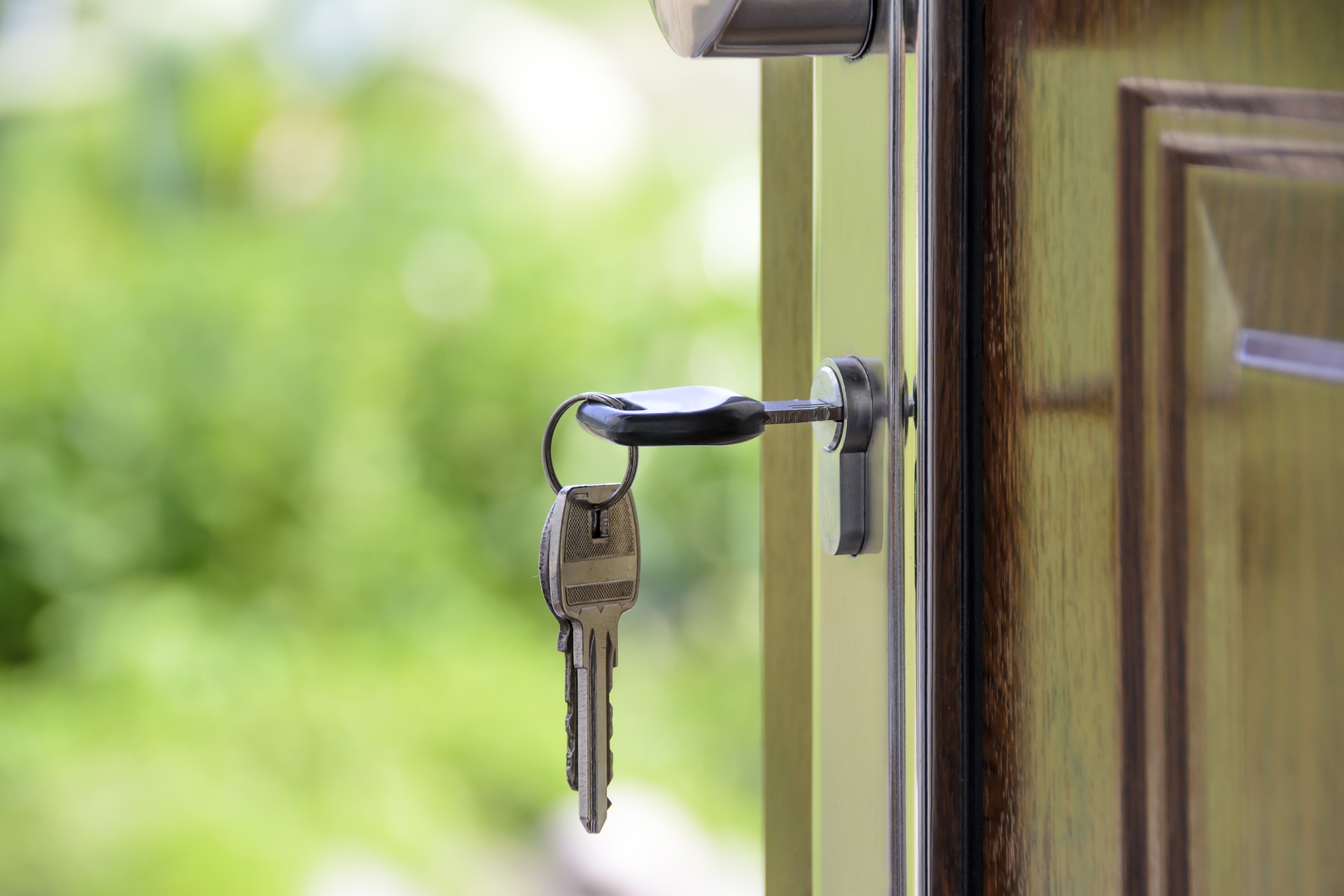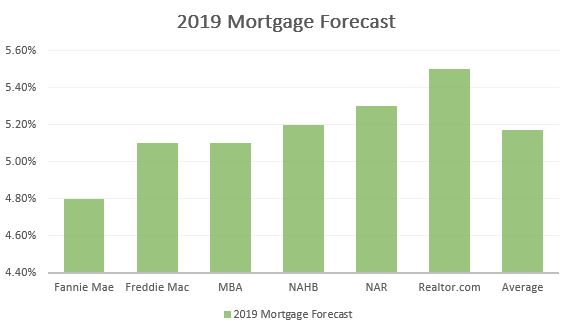Closing day is an exciting event for homebuyers. If everything goes smoothly, it usually ends with a toast and a new set of keys.
The closing is when the buyer and seller sign the papers officially sealing the deal, and ownership of the property is transferred. It’s also your last opportunity as the buyer to make any final changes to the transaction.
Preparing for closing
Before the closing, there are a few things you’ll probably want to do. One of them is to review the closing disclosure. The closing disclosure outlines the terms of your loan; final closing costs; and any outstanding charges or fees.
Your lender will send you this form at least three days before closing. Once the borrower signs the closing disclosure, there’s a three-day waiting period before they can sign the mortgage loan documents.
Pre-closing, buyers should also do a final walk-through of the property. The goal of the walk-through is to verify that all agreed-upon repairs were made, that the seller has vacated the property and that the house is in the order you expected. Most home-sale contracts entitle you to a walk-through inspection of the property 24 hours before closing.
If there are significant problems, you can ask to delay the closing or request that the seller deposit money into an escrow account to cover the necessary repairs.
You’ll also want to make arrangements to transfer the utilities in your name effective the day of closing.
What to bring to closing and what you’ll sign

At closing, your participation will involve a couple of steps:
- Sign legal documents. This falls into two categories: the agreement between you and your lender regarding the terms and conditions of the mortgage, and the agreement between you and the seller transferring ownership of the property. Be sure to read all documents carefully before signing them, and do not sign forms with blank lines or spaces.
- Pay closing costs and escrow items. There are numerous fees associated with getting a mortgage and transferring property ownership. You might also be able to wrap the closing fees into the loan balance.
Most closings require the buyer to bring money. So they have to bring funds in an acceptable form, that’s usually a cashier’s check made out to the escrow company or they wire transfer funds to the banking institution.
Be sure to find out what type of identification is required. Usually, only one type of identification is needed, though some companies require two. Government-issued identification, such as driver’s licenses and passports, are normally accepted.
Who is present at closing
Closing procedures vary from state to state and even county to county, but the following parties will generally be present at the closing or settlement meeting:
- Closing agent, who might work for the lender or the title company.
- Attorney: The closing agent might be an attorney representing you or the lender. Both sides may have attorneys. It’s always a good idea to have an attorney present who represents you and only you.
- Title company representative, who provides written evidence of the ownership of the property.
- Home seller.
- Seller’s real estate agent.
- You, also known as the mortgagor.
- Lender, also known as the mortgagee.
The closing agent conducts the settlement meeting and makes sure that all documents are signed and recorded and that closing fees and escrow payments are paid and properly distributed.
Closing documents
You will receive 6 documents:
1. The loan estimate. This document contains important information about your loan, including terms, interest rate and closing costs. Make sure all the information is correct, including the spelling of your name.
2. The closing disclosure. Like the loan estimate, the closing disclosure outlines details of your mortgage. You should receive this form at least three days before closing. This window of time gives you a chance to compare what’s on the loan estimate to the closing disclosure.
3. The initial escrow statement. This form contains any payments the lender will pay from your escrow account during the first year of your mortgage. These charges include taxes and insurance.
4. Mortgage note. This document states your promise to repay the mortgage. It indicates the amount and terms of the loan and what the lender can do if you fail to make payments.
5. Mortgage or deed of trust. This document secures the note and gives your lender a claim against the home if you fail to live up to the terms of the mortgage note.
6. Certificate of occupancy. If you are buying a newly constructed house, you need this legal document to move in.
Once you’ve reviewed and signed all closing documents, the house keys are yours and you will officially be a new homeowner!

-jpg.jpeg?width=202&name=2021%20Logo%20AHP-2A%20Color%20(002)-jpg.jpeg)











